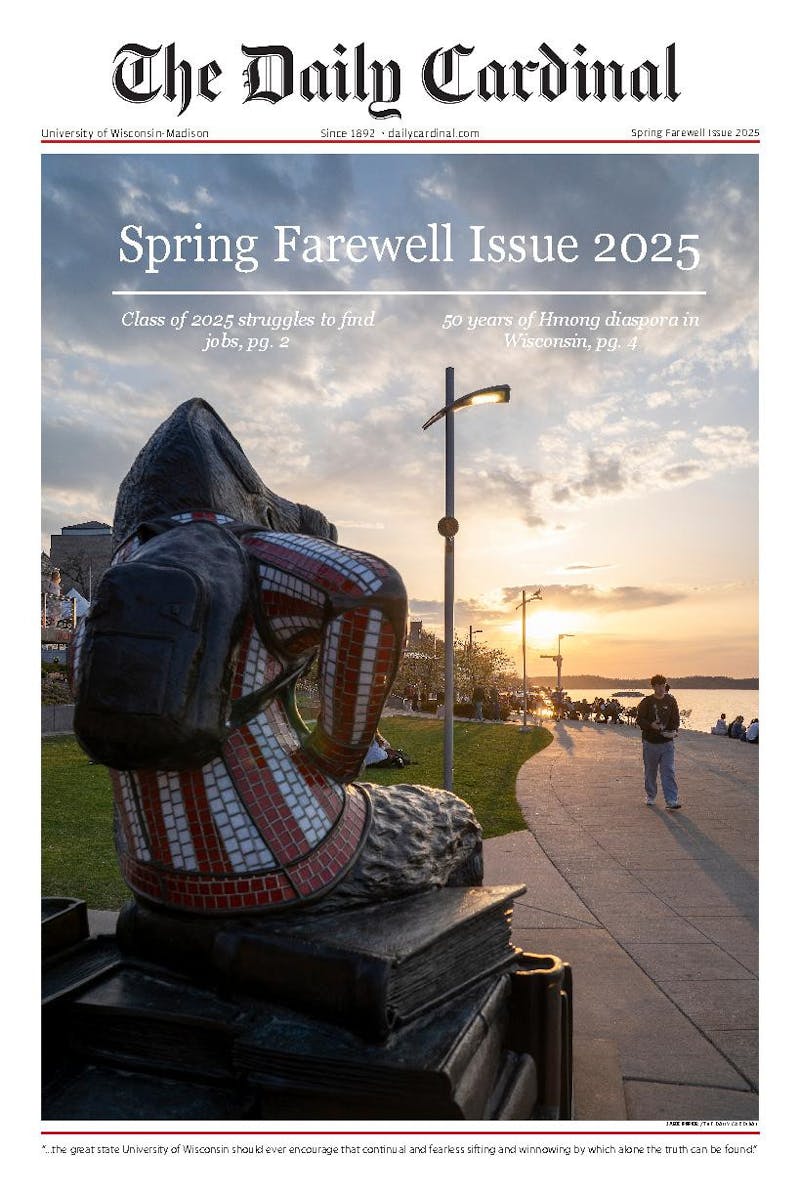Wisconsin is notorious for its disparity between white and minority citizens within the criminal justice system, but Dane County is actively looking for ways to combat the issue.
Racial disparities in Dane County prisons are among the worst in the state, and disparities in Wisconsin rank near the highest in the nation.
According to Laurie Mlatawou, co-chair of the Dane County Task Force on Racial Disparities in the Criminal Justice System, only 5 percent of Dane County's population is black, but black citizens represent 50 percent of those who are either in prison or on probation.
Research by UW-Madison sociology professor Pamela Oliver shows this disparity affects young black men the most. It revealed 47 percent of black men in Dane County between the ages of 25 and 29 were under some form of supervision by the Department of Corrections in 2006, either in prison or under community supervision.
In response to shocking statistics throughout Wisconsin, Gov. Jim Doyle formed the Commission on Racial Disparities in March 2007, designed to study and recommend solutions for the racial disparity in Wisconsin's criminal justice system.
Dane County has responded to the findings by creating the Dane County Task Force on Racial Disparities in the Criminal Justice System.
The task force is comprised of Dane County citizens whose goal is to look in depth at recommendations Doyle's commission made and identify which strategies will be most effective in Dane County, in addition to developing their own initiatives. Task Force members will be holding a series of public hearings this fall to brainstorm solutions, starting March 16 at the Sun Prairie Library.
""We really think we can come up with recommendations that can really help Dane County and affect the numbers right away,"" Mlatawou said.
Despite all the attention this issue is receiving from the state and county, the exact causes and real solutions are hard to come by.
""We understand it is a large problem in Wisconsin, but we need to understand what exactly is causing the problem,"" said Ryan Sugden, public information officer for the Office of Justice Assistance.
According to state Rep. Joe Parisi, D-Madison, data collection and analysis are a key step in closing the gap.
""Ultimately the problem arises from the deep structures of racial inequality and segregation that we have inherited from the racial past of this country,"" Oliver said, but added there is no ""one cause.""
Oliver cited as other contributors widening economic inequality, the use of ""tough on crime"" as a ""partisan and race-coded and political issue,"" the fallout from the drug war and job discrimination within society.
""The disparity in Wisconsin wasn't created overnight; it won't be solved overnight,"" Sugden said.
He added though it is a large problem, there are many little things that can be done to help combat it.
On a state level, the Department of Corrections has put together a five-page action plan of steps it will be taking to enact recommendations and expand current programming.
The Department of Transportation has received a million-dollar federal grant to assist in data collection and will be working to ensure that inmates have, at the minimum, a valid ID card when they leave the system to re-enter society.
According to Mlatawou, one of the worst consequences of racial discrimination in the prison system is it reduces the chances for minority citizens to contribute positively to society.
""It's very difficult for them to get jobs,"" she said. ""There is still a lot of institutional racism at play, there's still a lot of discrimination, even though it may be an unconscious bias.""






